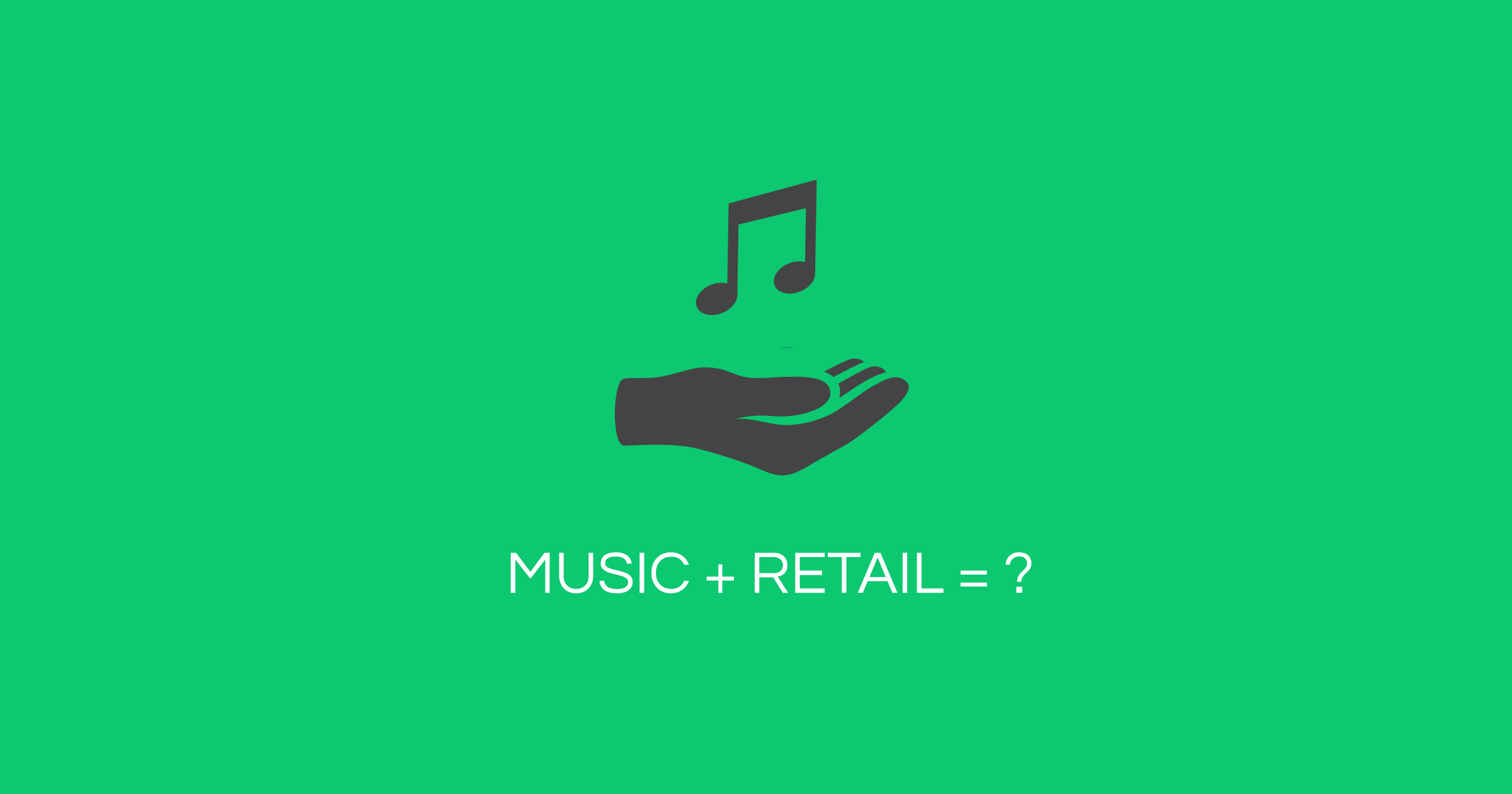How Retailers Can Connect With Consumers Using a Dynamite On-Brand Audio Strategy
This article was originally published in Adweek.
So far, studies have shown varying results on the effect of in-store music on customers. Whatever the outcome might be between positive and negative reactions, however, one thing is clear: The design of the soundscapes and their correspondence to the overall sensory experience of the service setting seems to be the watershed between them.
For example, a study conducted in a U.S. supermarket chain found out that when the music was played in a faster tempo, consumers spent considerably less time in the store, and on average, the slower music ended up increasing the sales by 39.2 percent.
Indeed, there is a lot more to consider than beats per minute. An all-encompassing design approach is now becoming the lifeline for retailers in responding to the demand for more customized and holistic shopping experiences.
Ensure the music’s form fits your brand
The purpose of audio in retail is to weave together different sensory hooks that the service setting has to offer into an all-encompassing shopping experience.
Think of a design boutique where the tables are filled with intricate pieces of art. The visitors are greeted with a tidal wave of visual stimuli upon entering the store. In this kind of setting, loud volumes can interfere with customers’ information processing, making the experience of visiting the store far too overwhelming. The last thing the vendor wants is for the customers to miss the high-quality craftsmanship displayed in the products.
It’s important to avoid disturbing the visual information flow of the customer by keeping the music low and minimalistic in instrumentation. Genres that feature a steady pulse with subtle variations, like house music, might come first into mind.
However, since electronic and acoustic sound types convey such a polarized set of moods in the first place, it’s important to delve deeper into the brand’s own identity. If the electro styles are considered too techy for your brand, any kind of calm acoustic music, from folk to classical, could serve as an organic alternative. As mentioned earlier, serene tunes especially fit the function of increasing sales in a specific area. The music still needs to suit the brand, however.
Sometimes the store acoustics might create challenges such as unwanted echoes, making the music playback indistinguishable. The answer here could be sound showers, which are geographically concentrated audio. They literally act like a traction beam, drawing people into a feature, and can be installed vertically or horizontally into nearly any spot of the showroom. Furthermore, they are especially useful in driving sales for campaign product or attracting attention to the videos, illustrations, installations or other types of digitalized sensory checkpoints in the customer journey.
If the store has multiple rooms, then there’s more variety to offer in terms of volume and diversity of the music. Dividing the soundscapes between the rooms so that each space has its own theme, mix and volume levels can help in solidifying the customer journey inside the store. The passage from a room with higher frequency audio into another with lower volumes and frequencies signifies a clear next step in the store. It will make traveling through the store all the more purposeful experience.
Nurture an experience with dynamic ambiances
If experiences are what retailers are after then the in-store audio strategy needs a long-term plan. In the end, there are 365 days and four seasons in the year, each of them different from one another. Dynamic ambiances help match the shifting standards, moods and times that are common in our daily lives.
For instance, the time of the day and number of visitors inside the store can dictate the intensity and mood of the music. During morning hours, the music could provide an energy lift to the customers through upbeat melodies in the major key. Later comes the afternoon rush hour, when most people have time to swing by the stores or shopping centers. Here, perhaps an opposite tactic to the early birds’ soundtrack in the form of calmer music is more relevant. After all, when the store is crowded, the visitors can become more sensitive to stress and anxiety triggers in the environment.
From the staff perspective, the situation is even more acute. The recent discussion over the negative health effects of repetitive playlists on Starbucks employees proves that there is a dire need for versatility in the retail music offering, not just on a seasonal time span, but on perhaps even a daily basis.
Foster an analytical approach to sound
The purpose of audio in retail is to weave together different sensory hooks that the service setting has to offer into an all-encompassing shopping experience. It should be the cornerstone of the omnichannel marketing strategy. Furthermore, it should strive to remove all divergence between what you can see, feel, touch and hear when stepping inside and walking through a store. In fact, we don’t often notice it at all when it’s right, but the music still very much affects our behavior and decision-making.
Seeing this is the case, we would argue that retailers—and brands for that matter—should expand the design scope to consider the way their customers perceive them outside the store.
The video on your YouTube channel marks the beginning and is the first point of contact in the full customer journey. Retail is the destination where the journey transforms into a brand experience in the accompaniment of high-end customer service and the unified omnichannel communication, with a consistent audio strategy as the catalyst. It’s the place, where the expectations toward the brand are reclaimed, especially with those who want something more out of their shopping experience than the sound of a mouse clicking.






